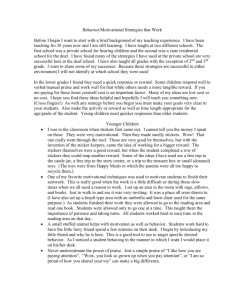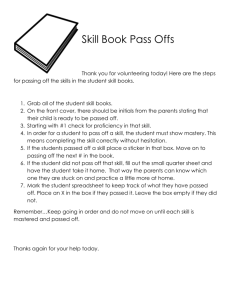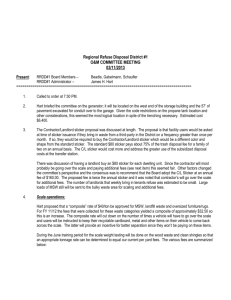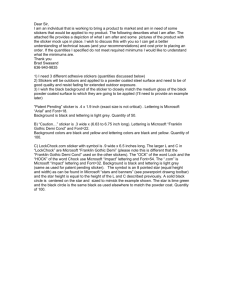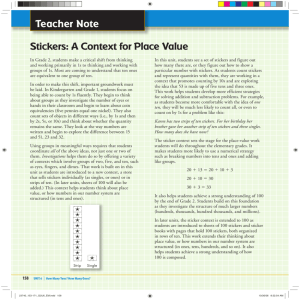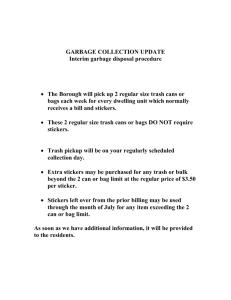free printable sticker chart (and stickers)
advertisement
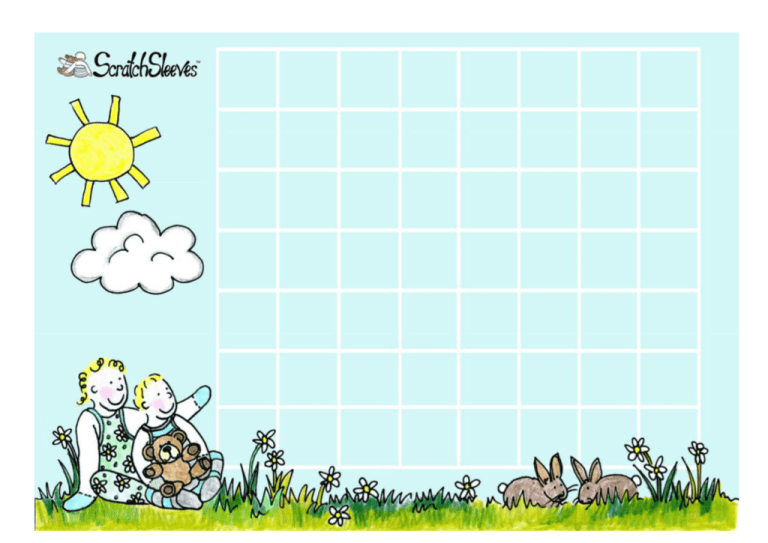
Blank 25mm circular and square labels are available from Label Planet: http://www.labelplanet.co.uk/proddetail.php?prod=Round-Labels-White-Paper-25mm & https://www.labelplanet.co.uk/proddetail.php?prod=Square-Labels-25mm Top Tips for using Sticker Charts to help kids stop scratching at eczema or sucking their thumb Saying ‘well done’ to your child is by far the most effective way of encouraging good behaviour. By using a sticker chart you can both recognize and celebrate their success. The concept of sticker charts is straight forward: identify a behaviour that needs encouragement and hand out lavish praise and a sticker every time your child does that thing. When they have collected a given number stickers they get even more praise and a reward for the good behaviour. Golden Rules for successful sticker charts Give praise, praise and even more praise Help you little one as much as you can (without actually doing the work yourself) Be sure to give stickers immediately Evolve the goals to establish the new behaviours and then gradually phase out the sticker chart Don’t take stickers away – lack of reward will be more than enough Stick to one issue and be realistic Involve your child right from the start, they must want to tackle the issue and understand how the sticker chart is going to work Remember to review the chart frequently and celebrate the building successes Why sticker charts work The real power of sticker chart is the tangible recognition of ‘good behaviour’ as it happens. For kids, the sticker should be a physical reminder of recognition and praise received. The building up of stickers on their chart is a visual measure of their achievements and gives you a chance to make a big fuss about how well they have done. Sticker charts are as much for you as they are for your child because remind you to praise good behaviour as it happens. How to make sticker charts work for you Planning: Make sure you clear what you want to achieve. Discuss it with your partner and anyone else involved in your child’s care to make sure that you can all be consistent. Ensure you have thought through how you want your sticker system to work and what rewards you want use (more in this later). You also need to involve your child, without their understanding and buy-in a sticker chart just isn’t going to work. Praise: This is the bit that makes sticker charts work. From your child’s point of view, the stickers themselves should be an incidental benefit and a way of measuring the amount of the praise they have had. Every time they achieve a goal make a really big thing of how well they have done before you give them the sticker. Big hugs, high fives, tummy tickles, sloppy kisses, silly dances, whatever works for you. Then repeat the production when they have stuck the sticker in place - although maybe with slightly less gusto! If you start running out of ways to say well done – check out our list of 50 ways to say ‘Good work’ at the end. What age? This, not very helpfully, depends on the child in question. A good guideline is that reward charts should work for children aged between 3 and 8. The lower limit is down to children just not being able to control their behaviour effectively until they are about 3; the upper limit is more child dependant, with older kids losing interest in this type of micro-reward system. The more important things to consider are whether the child is capable of tackling the issue you want to address, whether they want to tackle it and whether they have the capacity to control their behaviour yet. If the child isn't ready, then a sticker chart won't work. When to use sticker charts Kids get bored quickly so don't use sticker charts for everything. It’s also a good idea to leave gap between using them for different things. About a month should do it. The real joy of using a reward chart is it proves to you that positive encouragement and praise is what kids really respond to. It's much more important to try and keep your positive attitude than to keep using charts! Being Positive: When you are trying to break a habit or teach a new behaviour you need help you little one out along the way by providing distractions and coping mechanisms (e.g. tapping itches rather than scratching them or finding a toy to fiddle with rather than sucking their thumb). It’s also easier for everyone to focus on the ‘good’ stuff if you use positive rather than negative words: instead of saying ‘Stop scratching’ try ‘That itch is bothering you – what shall we do to take you mind off it?’ You could also come up with a silly ‘secret signal’ to remind them not to scratch/suck their thumb. When goals aren’t achieved, give a conciliatory hug and ask them how you can help them get the next goal – you might be surprised at the answer. Patience: We all know that learning a new behaviour is hard, but will be worth the effort. As a rule of thumb, it takes at least 21 days to break a habit. Using sticker systems for NOT doing things Moving on Coming up with a sticker system to teach a child to do something is relatively straight forward: you decide what you want your little one to do and hand out praise and stickers whenever they do it. Coming up with a sticker system to get a child into the habit of not doing something (like scratching at eczema or thumb-sucking) isn’t quite so clear cut. If you are really lucky, your little one will have broken the original habit and lose interest in their sticker charts without any other action from you. If they don’t move on by themselves, try not to suddenly stop using a sticker chart. Stopping suddenly makes it much more likely that your child will go back to the old behaviour. One approach is to come up with an alternative, acceptable thing to do instead and hand out stickers for doing that new thing. An example could be finding a fiddly toy to play with while they are watching TV rather than sucking their thumb or scratching, or tapping an itch rather than scratching it. This is often a good place to start as you can teach your little one coping strategies rather than just asking them to stop doing something without telling them how. There are a number of ways to move away from a sticker system: you could gradually increases the length of time between stickers by making the goals longer; or slowly increase the number of stickers needed to gain prizes; or even phase out the stickers in favour of just giving the praise; or, if you have gone down enthusiastic praise route in a big way, gradually reduce the enthusiasm of the goal celebrations. Another approach is to identify specific time periods to focus on not doing the thing you are trying to stop, such as going to sleep, bath-time, watching TV or car journeys. With eczema suffers you could focus on one particularly itchy patch and award stickers for not scratching that area. As with all sticker systems, to keep you little one engaged you’ll need to start with small, clearly achievable goals – maybe just 15 seconds tapping an itch rather than scratching it (you’ll need some sort of timer for this type of goal!) is challenging enough – and build them up over time. It’s worth noting that younger children need more frequent rewards to hold their attention. Whatever system you come up with – make sure that your child understands it and evolve it slowly. Stickers, rewards and their pitfalls Stickers lose their value quickly so unless they are a way of earning other rewards or prizes, your child is likely to lose interest. It usually works best to have frequent, small rewards for collecting around 4 or 5 stickers. This is especially true when you are starting out with a sticker chart as it helps children get used to the idea that making the effort to do something is worthwhile. It is also true with younger child who have little concept of time. The prizes you choose are up to you but should depend in part on the effort involved in earning them and what really interests your child. Involving kids in choosing the reward or prize they are working towards is also a good motivator. Here are a few ideas: Family time – this could be as simple as an extra story at bedtime, their choice of what to have for the family’s dinner or full-on family outing (although make sure that you do actually have time before you promise!) Building up toy collections – Lego, train sets, dolls house furniture, dolls clothes are all good candidates for this type of prize, although the lack of variation can mean kids loss interest relatively quickly Treasure box – fill a small box with little toys like balloons, pens, craft supplies and party-bag presents and let your little one chose form the box each time they earn enough stickers. It’s a good idea to feed in new items regularly to keep the box interesting. Voucher book – make up a book of vouchers for trips to the local soft play area or swimming pools, new books, time playing computer games, a DVD from the local library.... You can involve your child with coming with the treats and drawing pictures to go on the vouchers. Over 60 Ways to say ‘Well done’ Well done! You are very good at that! You're doing a good job there! That's the best you've ever done! I knew you could do it! Now you've figured it out! Now you have it! Great job! You make it look easy! That's the right way to do it! You're getting better every day! Sensational! That's the way to do it! Best yet! Perfect! Terrific! Much better! You've just about mastered that! Outstanding effort! You did that very well! Fantastic! You're really improving! Superb! Keep it up! Tremendous! Good thinking! I'm so proud of you! I think you've got it now! You figured that out fast! Clever boy/girl! That's great! Way to go! Now you have the hang of it! You've done a great job! Congratulations, you got it right! That's really good! Good work! You've just about got it! That’s it! Congratulations! You're learning so fast! Good for you! Couldn't have done it better myself! You did it that time! That's the way! Super duper! You haven't missed a thing! Keep up the good work! Nothing can stop you now! Excellent! Wonderful! You're on the right track! High five! That's better than ever! Now that's what I call a fine job! You must have been practicing! You're doing beautifully! Right on! You're doing fine! You outdid yourself today! Splendid! Good going! Marvellous! Well, look at you go!

